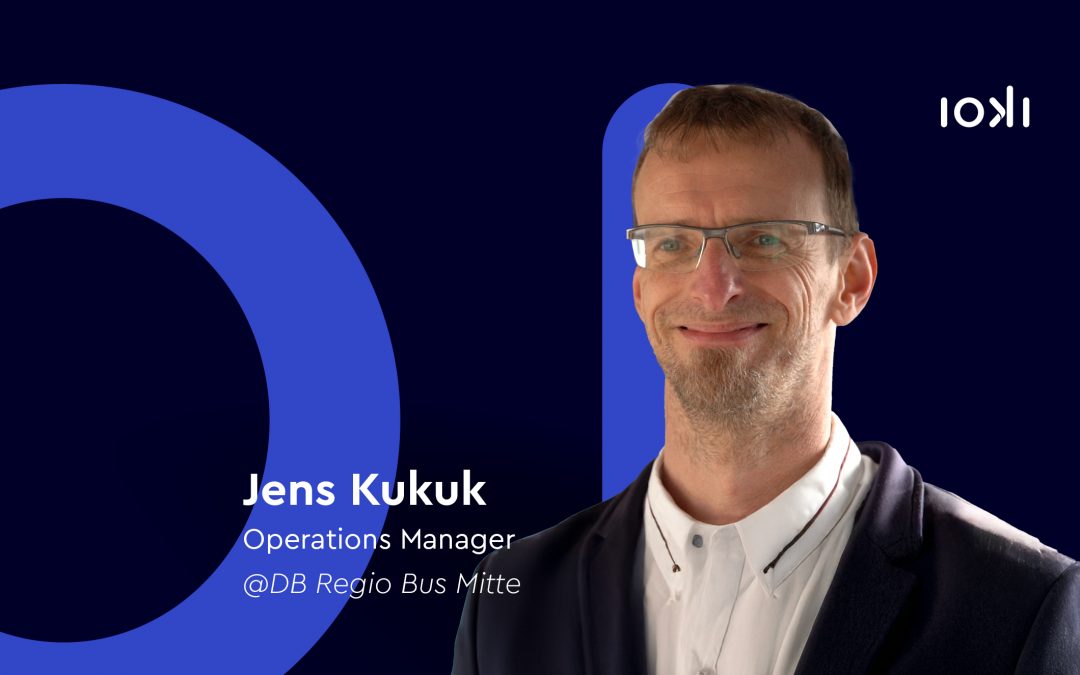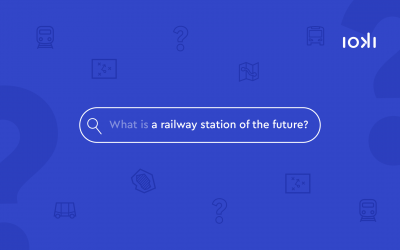In the LastMileTram research project, in which we examined the concept of parcel delivery by integrating the tram network, new questions arose which we will now, fortunately, investigate in another research project. In this new project, we are now investigating the effects of this delivery method on costs, environment and the environment on a simulation basis. In addition, we are also dealing with legal and liability issues, since freight transport in local traffic is not explicitly regulated. The German Federal Minister of Transport has also supported the general concept of transporting parcels by public transport, so a lot of drive has gone into the concept and is being pursued at various points, which is totally gratifying.
With your idea of delivering parcels via the public transport infrastructure, you are giving it a further level of significance. Could you imagine other points of contact beyond this?
Urban commercial transport involves a large number of different goods, some of which are transported daily. The transport of parcels can therefore now be used to create a stage for other goods. In addition to the transport of parcels, this also includes the delivery to pharmacies and especially the transport of food. Bakeries, for example, are supplied several times a day. But the catering trade also needs to be supplied with food on a regular basis. These transports cause increased traffic on the sometimes scarce road capacities.
You teach at the Frankfurt University of Applied Sciences. Is the idea of parcel delivery part of your lectures from time to time? What added value do you derive from the discourse with students?
We integrate all our research topics and focal points into our lectures. This benefits not only the students but also us. This creates a very exciting exchange and lively discussions between students and teachers, which leads to new impulses on both sides. I am currently supervising a group of students in the conception of an app for urban freight transport and I am really excited about the new ideas that come up and I am looking forward to the final result.
Where do business and politics have to start in order to adapt urban mobility to the changed requirements?
In urban areas, the aim is to reduce emissions on the one hand and to reduce traffic on the other. So if vehicles are replaced by electric vehicles, there will still be traffic jams at rush hour. Therefore the strategy should be multi-layered and diverse. First and foremost, framework conditions should be created that enable changes in mobility behaviour. For example, the amendments to the StVO, which have recently come into force, are very useful with regard to overtaking cyclists. But also the strengthening of the cycling infrastructure through wider cycle paths or cycle expressways makes total sense and makes cycling safer. Of course, alternatives to motorised private transport are also needed. Offers such as car sharing, bike sharing and scooter sharing will then lead to a change in users’ mindsets. They enable people to use several different means of transport on their routes. Various business models already exist. In addition, it can also be observed that urban traffic is currently falling very sharply in times of the corona pandemic. So I think that home office regulations can also have an impact on urban mobility.
How do you envisage the future of mobility? What do you think will definitely change and what would you like to see change?
In my view, the current focus is on the mobility of people. The transport of people has its own concept. So there are suburban trains, underground trains, trams and buses that we can take to get around. That is, of course, very important, since it is, after all, local public transport (ÖPNV). However, urban commercial transport should also be taken into account and planned accordingly. People live in ever-larger cities and not only want to be able to move around there without hindrance but also need to be supplied with food and many other goods. In doing so, we assume almost as a matter of course that the supermarket provides all the products we need. At the same time, however, we also forget that the supermarkets must be supplied for this purpose. The same applies to other commercial enterprises such as restaurants. They all have to be supplied with products. Last but not least, of course, the parcel delivery companies should also be mentioned here. Their workplace is the urban road infrastructure. They have to find a suitable parking space for eight hours a day to deliver our shipments. This can be very challenging. I would like to see more attention paid to this very urban economic traffic.



